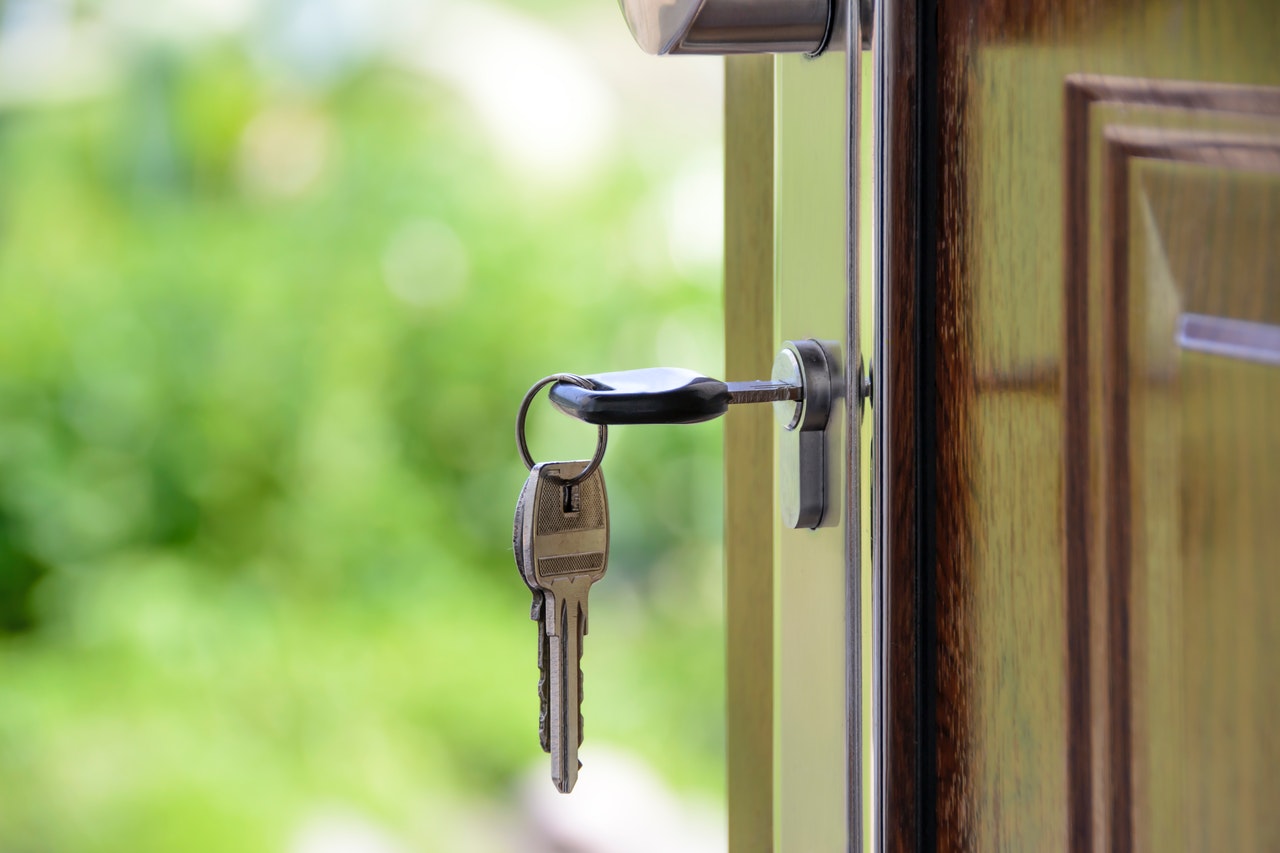
Your investment in home security starts with your exterior doors. They are the ones that can ultimately stop an intruder, but they should also look good. They are one of the calling cards of our home that every visitor will see. What should you pay attention to?
Not only the design affects the choice of exterior doors. What matters above all is safety. The multitude of products on the market has led to the emergence of international safety classifications and certificates that make the decision easier for customers. The idea is to give the highest possible level of information to buyers.
First of all, you need to look at how many obstacles an uninvited guest will have to overcome before getting inside. Hence, the minimum is a door that is bolted in three places.
To avoid confusion and multiple designations, a standardized security classification for exterior doors has been adopted. In it we have:
This parameter can be treated as less significant only if you want to buy a cage door. It is similar with the thermal insulation.
A low level of protection against these factors can cause undesirable factors to enter the building. Waterproofness is also expressed by grades from 0 to 9. The higher the digit, the higher the level of protection. The entrance door should have at least class 3 moisture resistance in this parameter.
Coefficient of heat penetration of external doors should not be higher than 2.6 W. However, it is known that the lower the number next to this parameter, the better for the user. It is also worth taking care of the appropriate level of sound insulation
Although exterior doors are offered made from a variety of materials, each has slightly different advantages and disadvantages. So it’s worth briefly characterizing the most popular materials.
The most commonly used raw materials for exterior doors made of wood are pine, larch and oak. They are determined by the physical and visual qualities of wood, but in the case of pine also by its price. Wood, properly protected, is a material designed for long-term use and insulates well against the external cold. Unfortunately, the problem will be the effect of moisture, which can gradually destroy the door leaf. You should also be careful about mechanical damage and take into account that they are not a barrier for fire
PVC is a material that can be used for exterior doors because special pressed plates and reinforcements are used. They are sealed with foam, metal elements are added to the structure, and PVC panels are often used as filling. Their advantage is that they create good insulation against cold and noise, but they are usually a small challenge for thieves
Making such doors comes down to nailing two sheets of metal to the frame and using an insulating infill. Unfortunately, they have poor thermal insulation properties. For this reason, the middle is sometimes filled with foam, while the outer plates are filled with wood-based panels. An unquestionable advantage of such door leaf is its resistance to mechanical damage. The use of appropriate systems also makes it significantly more difficult to break in
PhotoMIX Company from Pexels